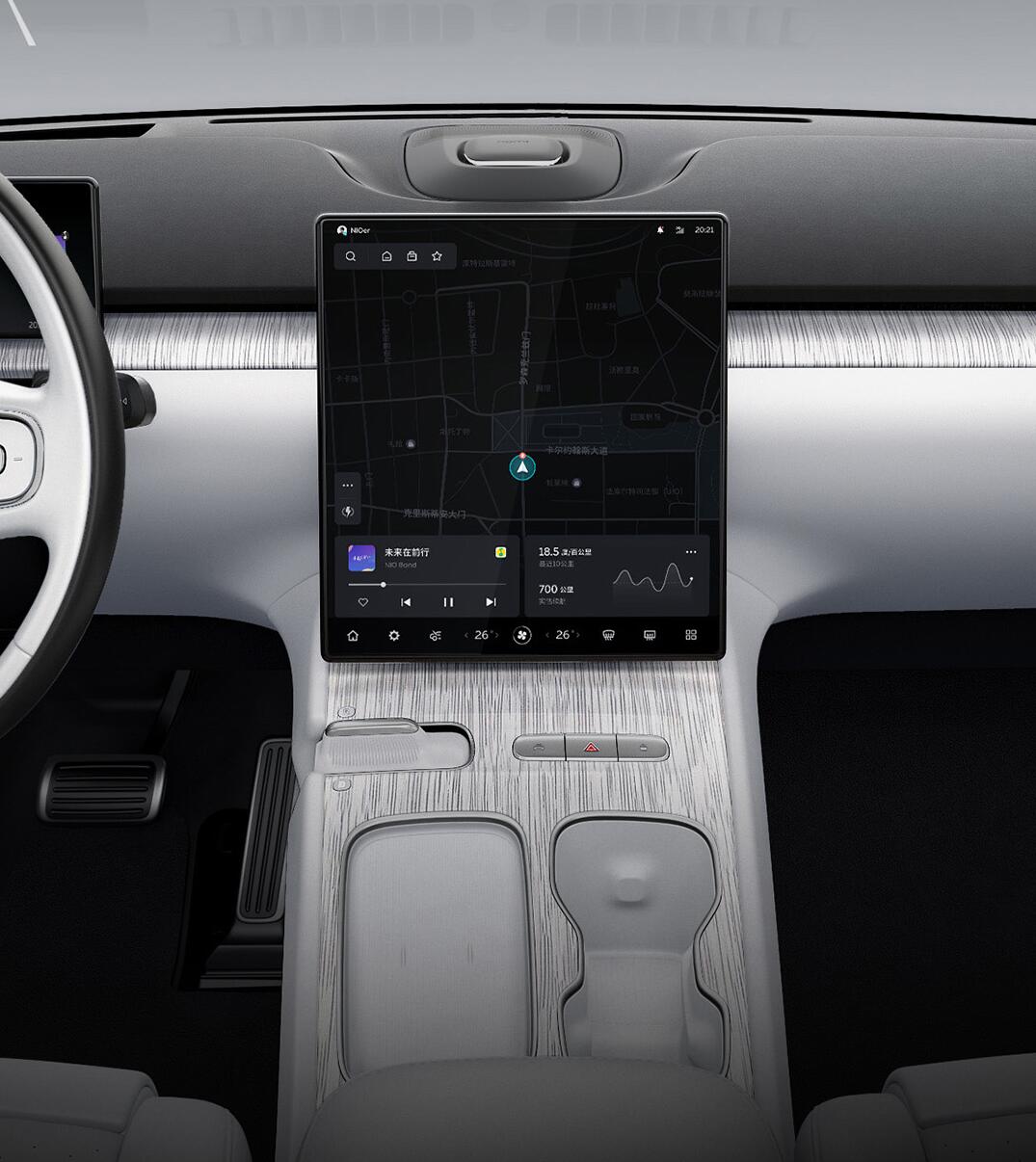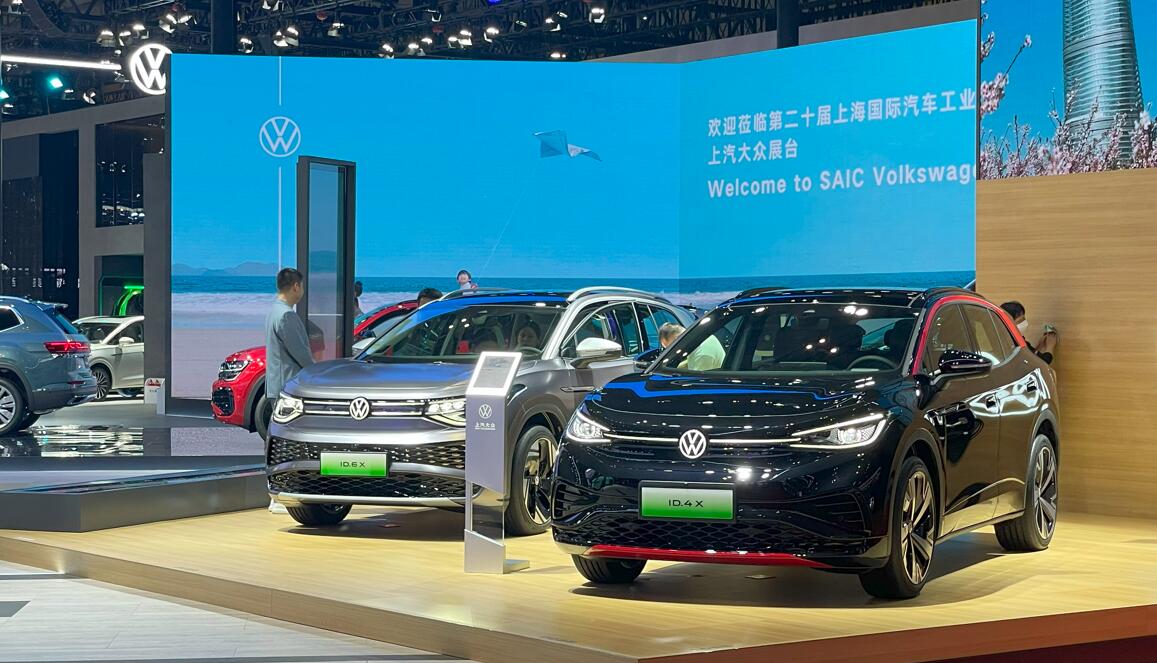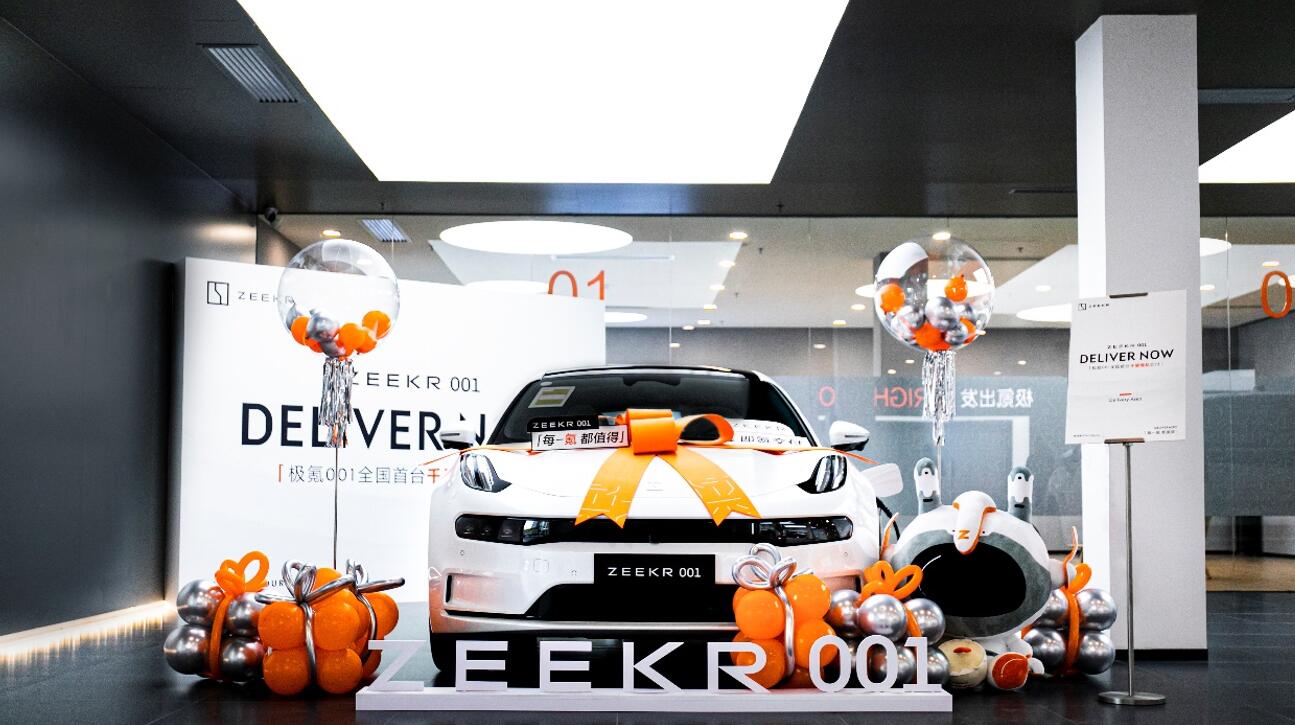The Haval brand was for a long time the top-selling in the SUV market in China, but with the rapid growth of the NEV industry, it has lost its dominance to BYD.

(Haval Xiaolong Max. Image credit: Haval)
Great Wall Motor's Haval brand was the top-selling SUV brand in China for a long time. However, with the rapid development of the new energy vehicle (NEV) industry, its dominance was replaced by BYD.
Now, the auto giant based in Baoding, Hebei province, has launched two new plug-in hybrid electric vehicles (PHEVs) in an attempt to regain its glory in the SUV market.
Haval launched the Xiaolong line of plug-in hybrid SUVs at an event yesterday, offering two models, the Haval Xiaolong and the Haval Xiaolong Max.
The Haval Xiaolong is a compact SUV with a length, width and height of 4,600 mm, 1,877 mm and 1,675 mm, respectively, and a wheelbase of 2,710 mm.
It is available in three versions starting at RMB 139,800 ($20,100), 149,800 and 156,800 respectively.

(Haval Xiaolong.)
The Haval Xiaolong is powered by an engine with a displacement of 1.5 L and a front-mounted electric motor. The drive system has a maximum power of 185 kW and a maximum torque of 375 Nm.
The three models are available in 2 pure electric range versions, the lowest priced version with an NEDC range of 52 km and the other two with 110 km. Their fuel consumption per 100 km at WLTC conditions is 2.4 L, 1.39 L and 1.39 L respectively.
The Haval Xiaolong Max is a mid-size SUV with a length, width and height of 4,758 mm, 1,895 mm and 1,725 mm, respectively, and a wheelbase of 2,800 mm.
The vehicle is also available in three versions, with starting prices of RMB 159,800, 169,800 and 179,800 respectively.
The Haval Xiaolong Max comes standard with Great Wall Motor's Hi4 hybrid system unveiled on March 10, powered by a 1.5 L engine and dual front and rear electric motors, with a combined maximum system power of 205 kW and maximum torque of 585 Nm.
The car has an NEDC pure electric range of 105 km, a WLTC range of 83 km and a fast charging power of 33 kW.

Both models seem to be aimed at competing with BYD's Song series, with the Haval Xiaolong targeting the market for the Song Pro DM-i series and the Haval Xiaolong Max for the Song Plus DM-i series.
For comparison, the BYD Song Pro DM-i has a length, width and height of 4,650 mm, 1,860 mm and 1,700 mm respectively, and a wheelbase of 2,712 mm.
The car is available in 2 battery range versions with NEDC electric range of 51 km and 110 km respectively, and the starting price is RMB 140,800.
The BYD Song Plus DM-i has a length, width and height of 4,705 mm, 1,890 mm and 1,680 mm respectively, and a wheelbase of 2,765 mm.
The car is available in 2 battery range versions with NEDC electric range of 55 km and 110 km respectively, and the starting price is RMB 154,600.
Haval was once the market leader in SUVs in China, with its Haval H6 being the best-selling SUV for many years.

But in the past couple of years, with the rapid growth of China's NEV industry, BYD's Song series has replaced the Haval H6 as the best-selling SUV.
With 174,422 retail sales in China from January to April, the BYD Song series was the best-selling SUV during that period, up 76.5 percent from 98,809 units in the same period last year, according to data released earlier this month by the China Passenger Car Association (CPCA).
For comparison, the Haval H6 retailed 63,682 units from January to April, down 25.9 percent from 85,986 units a year ago, placing it fifth in the best-selling SUV sales rankings.
($1 = RMB 6.9525)
Full CPCA rankings: Top-selling models and automakers in China in Apr
The post Great Wall Motor's Haval brand launches 2 new PHEVs to regain lost ground in SUV market appeared first on CnEVPost.
For more articles, please visit CnEVPost.



















